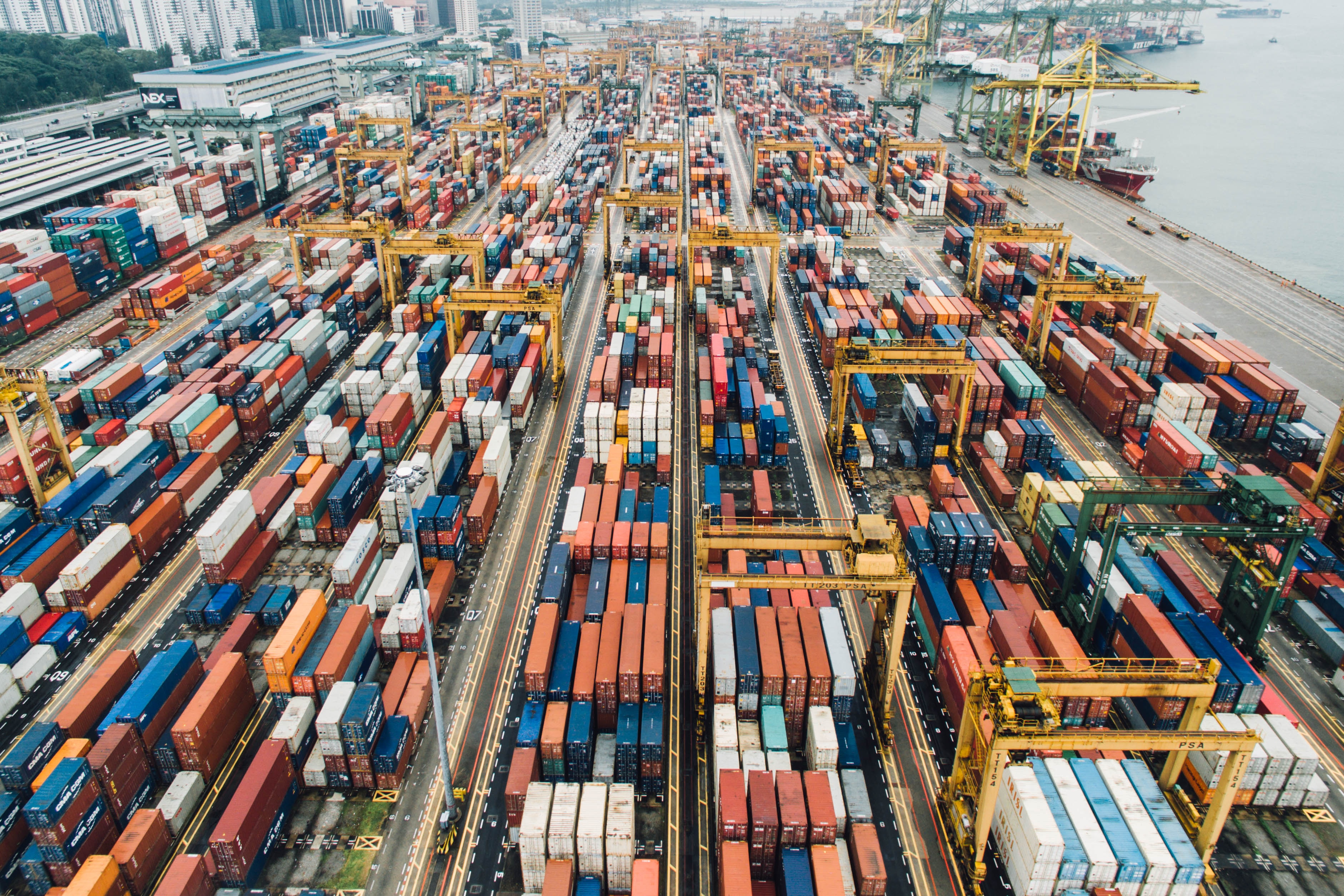Free Trade Agreement Overview
Selling to U.S. Free Trade Agreement (FTAs) partner countries can help your company to enter and compete more easily in the global marketplace through reduced trade barriers. U.S. FTAs address a variety of foreign government activities that affect your business: reduced tariffs, stronger intellectual property protection, opportunities for U.S. exporter input in the development of FTA partner country product standards, fair treatment for U.S. investors, enhanced opportunities to compete for foreign government procurements, and opportunities for U.S. service companies.
What are Free Trade Agreements?
A Free trade Agreement (FTA) is an agreement between two or more countries where the countries agree on certain obligations that affect trade in goods and services, and protections for investors and intellectual property rights, among other topics. For the United States, the main goal of trade agreements is to reduce barriers to U.S. exports, protect U.S. interests competing abroad, and enhance the rule of law in the FTA partner country or countries.
Currently, the United States has 14 FTAs with 20 countries. FTAs can help your company to enter and compete more easily in the global marketplace through zero or reduced tariffs and other provisions. While the specifics of each FTA vary, they generally provide for the reduction of trade barriers and the creation of a more predictable and transparent trading and investment environment. This makes it easier and cheaper for U.S. companies to export their products and services to trading partner markets.
Key Benefits of Free Trade Agreements
FTA benefits for your product may require more record-keeping but can also give your product a competitive advantage versus products from other countries. U.S. FTAs typically address a wide variety of government activities that affect your business:
- Reduction or elimination of tariffs on qualified goods. For example, a country that normally charges a tariff of 12% of the value of the imported product will eliminate that tariff for products that originate (as defined in the FTA) in the United States. This makes your products competitive in the market.
- Intellectual Property Protection: protection and enforcement of American-owned intellectual property rights in the FTA partner country.
- Product Standards: the ability for U.S. exporters to participate in the development of product standards in the FTA partner country.
- Selling to the government: the ability for a U.S. company to bid on certain government procurements in the FTA partner country.
- Service companies: the ability for U.S. service suppliers to supply their services in the FTA partner country.
- Fair treatment for U.S. investors providing they be treated as favorably as the FTA partner country treats its own investors and their investments or investors and investments from any third country.
View the listing of FTA countries and requirements to receive preferential treatment.
